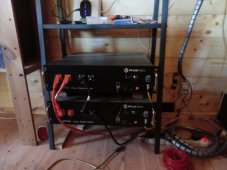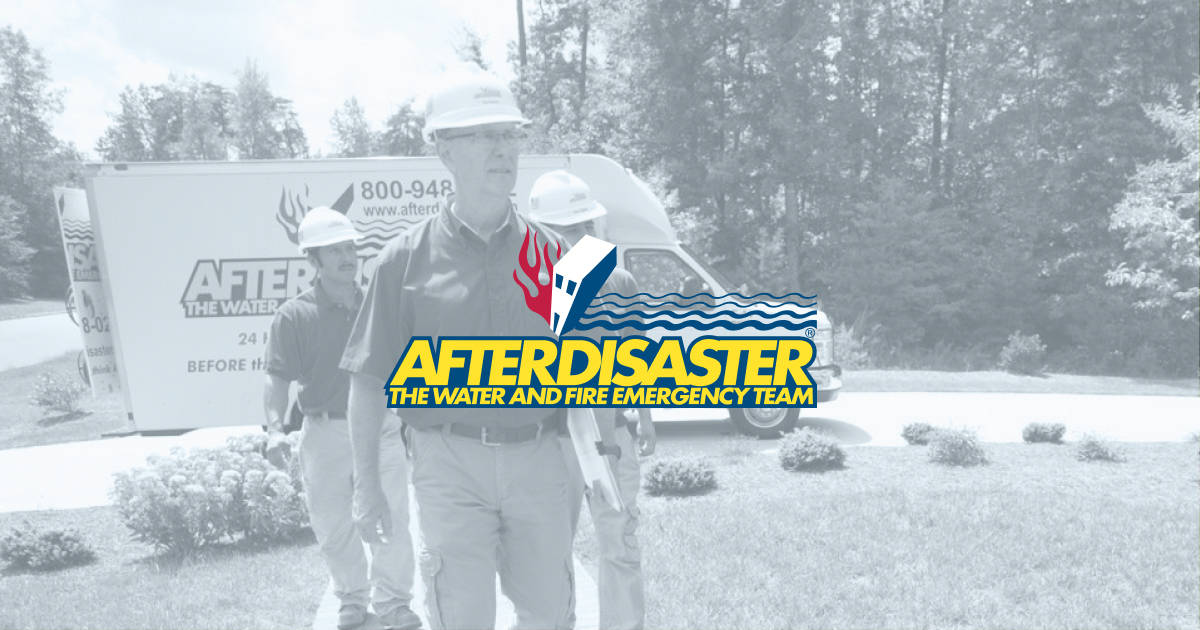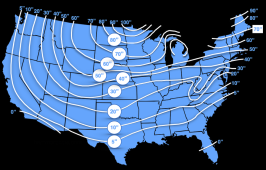Here's my scenario in more detail. The solar system is 10 hours away in a remote cabin which includes a few bodies of water to get across. the cabin has about 60 watts worth of drain in the form of electronics (in winter setup) which allows a satellite link and and a weather station plus a half dozen ip cameras to keep an eye on the place while we are gone for winter. It rains there weeks at a time, unless it snows and so, the power that comes off of the solar panels into the battery bank are sometimes quite rare at this time of year. So to add a battery heater that wants 50 watts may be out of the question. Right now the temperature there is hovering within a few degrees either way of freezing. Anyways, thanks for your help guys, funny thing is that all of the literature on the Solar charge controller is in the cabin in the battery room and I can't even remember the brand name of the device. Lol
View attachment 122789




![Screenshot_20221129-150935_Reolink[1].jpg Screenshot_20221129-150935_Reolink[1].jpg](https://diysolarforum.com/data/attachments/122/122789-b32c307c0aa2c518b108afa4a07065a8.jpg)



